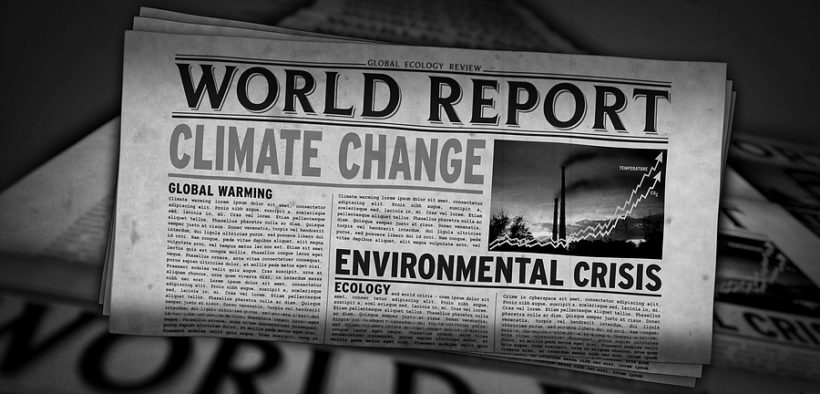What has Global Warming Cost Us? Facts and Effects of Climate Change on Global Economy
Share

Global warming is the rise of average global surface temperature caused by climate change. In a recent study, data shows the rise of average global surface temperature about 2 degrees Fahrenheit (over 1 degree Celsius) since the pre-industrial 19th century, which is speedier than the global warming at any other time in our planet’s history.
Global warming has disrupted the long-term seasonal weather patterns greatly. It’s developed more frequent and extreme heatwaves, blizzards, and other forms of extreme weather. These extreme weather forms include wildfires, hurricanes, landslides and floods, droughts, and tornados. Climate change and global warming are indeed nothing new in our planet’s history. However, previous changes in seasonal weather occurred over millions of years, not decades.
Global Warming and Economic Inequality
The United States is one of the wealthiest countries in the world. A recent study showed that the planet’s richest 1 billion individuals emit almost 60% of greenhouse gases. On the other hand, the 3 billion poorest individuals produce a mere 5%. It is, therefore, income inequality is considered one of the major challenges to produce global warming and climate change.
Major Economic Impacts of Climate Change
Here’s how global warming and climate are impacting some segments of the economy:
1. Climate Change and GDP
Climate change and global warming create an immense long-term danger to the global economy. If no mitigating measures are carried out, global temperatures could increase above 3°C and the global economy could reduce by more than 18% in the upcoming 30 years. In an extreme scenario of a 3.2°C temperature rise, China is in danger of losing about 24% of its GDP. The UK, United States, and Canada would all see almost a 10% loss. Europe would experience a bit more (11%), while Switzerland or Finland would suffer around 6% loss.
2. Impact on Employment
The World Employment and Social Outlook 2018 evaluated that more than 1.2 billion jobs are directly dependent on the sustainable and healthy natural environment. Over the next 5-10 years, we are going to experience even more dangerous impacts across the globe, which will demolish whole communities and their jobs. The disruption will be both economically and socially across the globe, and will be more serious than anything we have experienced so far.
3. Increased Insurance Costs
From 1980 to 2020, climate change and natural disasters cost $1.875 trillion. Regularly high costs regarding climate change and natural disasters threaten to make insurance too much expensive for most individuals in the future. Munich Re, one of the biggest insurance firms in the world, blamed the California wildfire alone for $24 billion of losses in 2018. If insurance agencies continue to suffer remarkable costs regarding increasingly common climate change events, they may have to increase their premiums to survive in the market.
4. Mass Migration and National Security Threats
Climate change is likely to raise the number of “climate refugees” — individuals who are enforced to exit their homes because of flooding, drought, or other climate-related disasters. Mass migration of climate refugees and social disruption may lead to national security threats, civil unrest, and other unintended outcomes.
5. Climate Change and Loss of Productivity
Social disruptions and interruptions in daily life regarding climate change can lead to lost productivity and harm agriculture, transportation, trade, energy production, fisheries, and tourism. Severe rainfall and snowstorms can delay harvesting and planting, delay air travel, cause power outages, and otherwise make it extremely hard for people to go about their routine business activities.
Final Thoughts
There will be no safe areas to live in a climate-change future. Climate change greatly threatens our agriculture. A UN report estimates that about 17% of birds and bats that pollinate are at risk, and more than 75% of the world’s food crops depend on these pollinators to some extent. Everyone on the planet will be affected in such a way that is difficult to imagine now.








